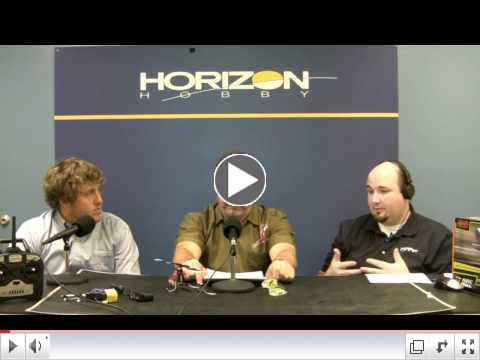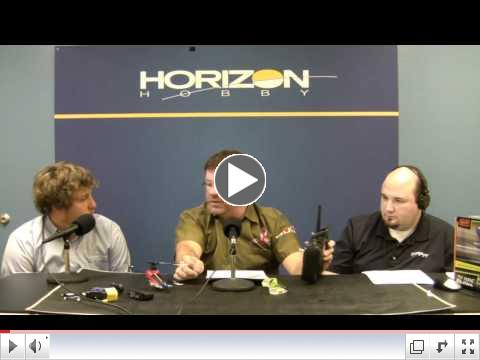|
Your Help is Needed! Support AMA's Efforts to Protect Model Aviation!

Are you passionate about model aviation? Do you share AMA's belief that unnecessary and
onerous Federal regulation will diminish this viable and meaningful recreational activity?
If your answer is, YES, then...
Go to www.modelaircraft.org/gov as soon as you can. There you'll find:
- Background on what FAA intends to impose on aeromodeling.
- Understand the difference between commercial and recreational sUAS.
- What you can do to help.
- Resources to help you contact your Representatives and Senators in Congress.
- How to contact AMA's Advocacy Team.
- Donate to our cause to defend your right to fly model aircraft without government oversight.
Now is the time to let your voice be heard! |
|
The new Blade mCP X
A fully capable machine out of the box for the extreme heli lover. In both BNF and RTF versions, it has everyone covered. When you see this heli in action you will be blown away from the crisp and precise control. The agility and nimbleness are two aspects that really come to life when you fire this heli up.
Now accepting pre-orders! RTF $219.99 BNF $179.99
 | | HorizonHobby.com - mCP X R/Cast video (Part 1 of 2) |
 | | HorizonHobby.com - mCP X R/Cast (Part 2 of 2) |
|
|
Maintaining Your Traxxas Carburetor
Dirt is the main enemy to your carburetor. If you notice a sudden change in the fuel mixture (lean) and performance of your model, you may have dirt lodged in the carburetor. To dislodge a dirt particle in your carburetor try screwing the high and low speed needles all the way in and then back out to their original settings noted below. Use extreme caution! Only screw the needles in until they stop or heavy resistance is felt. If you turn the needle in until it is tight, then you will damage the needle and seat assembly.
- TRX .15:
- HSN: 2.5 turns counterclockwise from closed.
- LSN: 1.75 turns counterclockwise from closed.
- TRX 2.5, 2.5R, 3.3:
- HSN: 4 turns counterclockwise from closed.
- LSN: 1.75 turns counterclockwise from closed, or flush with inside ring.
If the engine doesn't return to normal operation, try backing the mixture screws out and prime the engine to force fuel through the carburetor. Return the mixture screws back to their original settings. The engine will be flooded at this point so follow the directions for relieving a flooded engine.
If this procedure fails, you may have old fuel and oil clogging the fuel passages, and the carburetor will need to be removed and cleaned with a Nitro Cleaner or denatured alcohol. Do not blow on carburetor passages or fuel lines with your mouth. Fuel and solvents are extremely poisonous. To prevent debris from entering the carburetor again, make sure your fuel dispensing bottle is clean and always capped off when not in use. You may also need to flush your fuel tank out with fresh fuel. Make sure the area around the fuel tank cap and filter neck are clean before refueling your model. A few extra minutes of cleaning after running your vehicle can truly help extend your vehicles life.
On some vehicles not already equipped with an in tank fuel filter, You may install a fuel filter in the line between the tank and carburetor. (Jato and Revo have in tank filters.) When using a fuel filter, pay special attention to the fuel mixture and how the model is running. If you notice any variation (lean mixture), check the fuel filter immediately for possible blockage, and be sure to reinstall it in the same direction as it was removed. If you reinstall it backwards from how it was before, you will backflush all of the debris that you've been protecting the engine from, right into the carburetor.
Always remember to perform after run maintenance to the engine to prevent future issues with clogged fuel tanks, lines, and carburetors. Read how to perform after run for nitro engines.
|